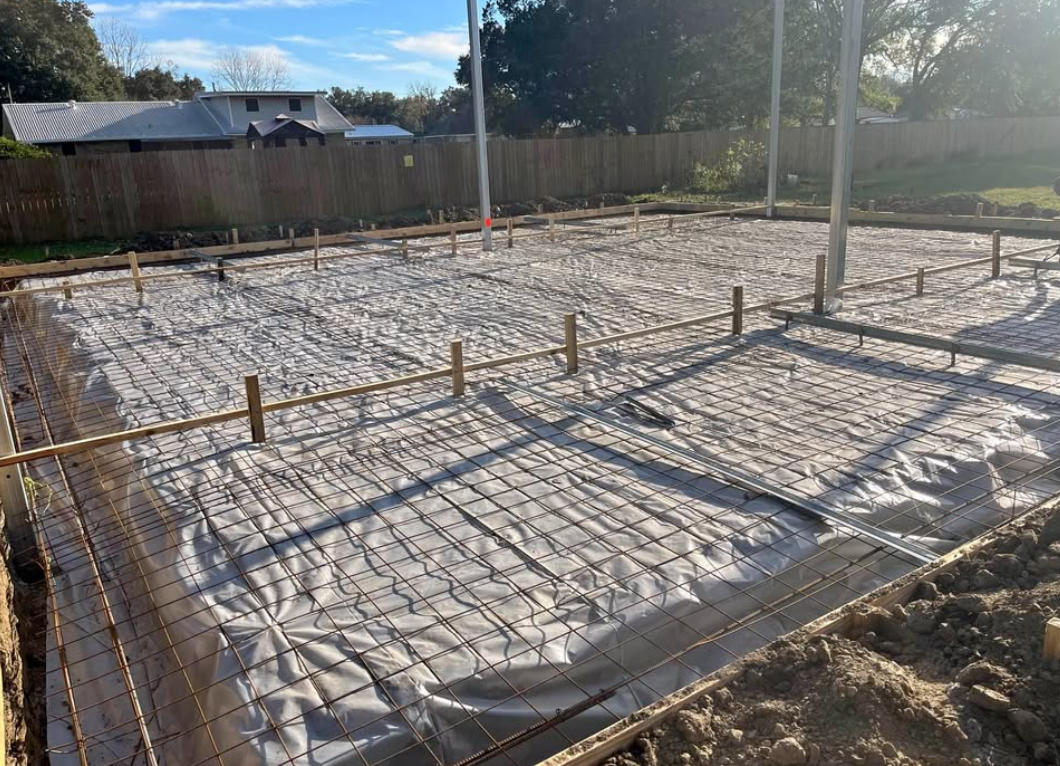Construction Noise: Sources, Impacts, and How to Deal With It
4 Min read
)
June 11, 2025
Whether you're living near a jobsite or working in the middle of one, construction noise is an unavoidable part of the building process. From jackhammers to heavy equipment, the volume and frequency of construction noise can be both frustrating and harmful. But what causes it, how loud is it, and-most importantly-how can you deal with it effectively?
This guide explores the main sources of construction noise, its effects, and practical tips for minimizing its impact.
What Is Construction Noise?
Construction noise refers to any unwanted or disruptive sound generated by construction activities. This includes demolition, excavation, drilling, loading, hauling, and more. The type and volume of noise depend on the project size, equipment used, and time of day the work is being done.
How Much Noise Does Construction Make?
On average, construction activities produce noise levels between 80 to 90 decibels (dB)-comparable to standing next to a busy highway. Certain tools like jackhammers can spike up to 110 dB, which is above the threshold that may cause hearing damage with prolonged exposure.
What Is the Source of Noise at a Construction Site?
:format(webp))
Understanding where the noise comes from is the first step toward reducing or managing it. Common sources of construction site noise include:
Heavy Machinery: Bulldozers, excavators, and cranes create significant engine and mechanical noise.
Power Tools: Jackhammers, saws, drills, and nail guns are especially loud and high-pitched.
Vehicle Traffic: Delivery trucks, cement mixers, and generators running on-site contribute constantly.
Demolition Work: Breaking down old structures creates sporadic but intense bursts of noise.
Structural Work: Piling, framing, and concrete pouring also generate continuous construction noise.
The Impact of Construction Noise
Health Effects
Prolonged exposure to construction noise can lead to:
Hearing loss
Increased stress levels
Irritability and anxiety
Sleep disturbances
Community Complaints
In urban settings, construction noise is a top source of residential complaints. Municipalities often have ordinances limiting construction hours to protect community well-being.
How to Deal With Construction Site Noise
If You’re a Nearby Resident:
Seal windows and doors with weatherstripping or acoustic insulation.
Use white noise machines or background music to mask external sounds.
Schedule activities around noisy hours, if possible.
File a complaint with your local city if noise violates municipal ordinances.
If You’re a Worker or Contractor:
Implement quiet hours during sensitive times (early morning or late evening).
Maintain equipment regularly to reduce unnecessary noise.
Use acoustic barriers or fencing to block noise from spreading.
Rotate workers away from high-noise tasks to minimize exposure.
Best Construction Noise Cancelling Headphones
For construction workers, hearing protection is critical. Construction noise cancelling headphones offer comfort, safety, and even Bluetooth connectivity for communication and music. Here are a few top options:
Top Picks:
3M WorkTunes Connect + AM/FM
Great NRR rating with built-in radio and Bluetooth.
ISOtunes PRO 2.0
OSHA-compliant with certified 27 dB NRR, perfect for loud job sites.
Bose QuietComfort 45
Premium noise cancellation and comfort, though less rugged for heavy-duty use.
Look for Noise Reduction Ratings (NRR) of at least 25 dB or higher for adequate protection.
Reducing Construction Noise at the Source
Construction managers can also adopt strategies to reduce sound output directly:
Use newer, quieter machinery
Plan site layout to place loud equipment farther from occupied areas
Install sound barriers or temporary acoustic curtains
Choose quieter methods (e.g., diamond wire cutting instead of jackhammers)
These practices not only improve worker comfort but can also reduce complaints and avoid costly penalties.
The Future of Noise Control in Construction
Innovation is changing the way the industry manages construction noise:
Electric and hybrid machinery operate more quietly than diesel-powered models.
Smart PPE (personal protective equipment) integrates real-time noise monitoring.
Pre-construction sound modeling helps forecast and mitigate noise impact before breaking ground.
City planning and environmental regulations are also pushing the industry toward more sustainable and less disruptive practices.
Conclusion
Construction noise is a challenge, but it’s one that can be addressed with the right tools and strategies. Whether you're working on-site or living next door, understanding how much noise construction makes and where it comes from is the first step toward protecting your health and peace of mind.
From noise cancelling headphones to smart site planning, there are numerous ways to manage and minimize noise exposure. By applying these solutions, we can build a quieter, healthier, and more efficient construction environment for everyone.
Want to reduce construction noise on your site? Start by evaluating your current equipment and upgrading your hearing protection today.














